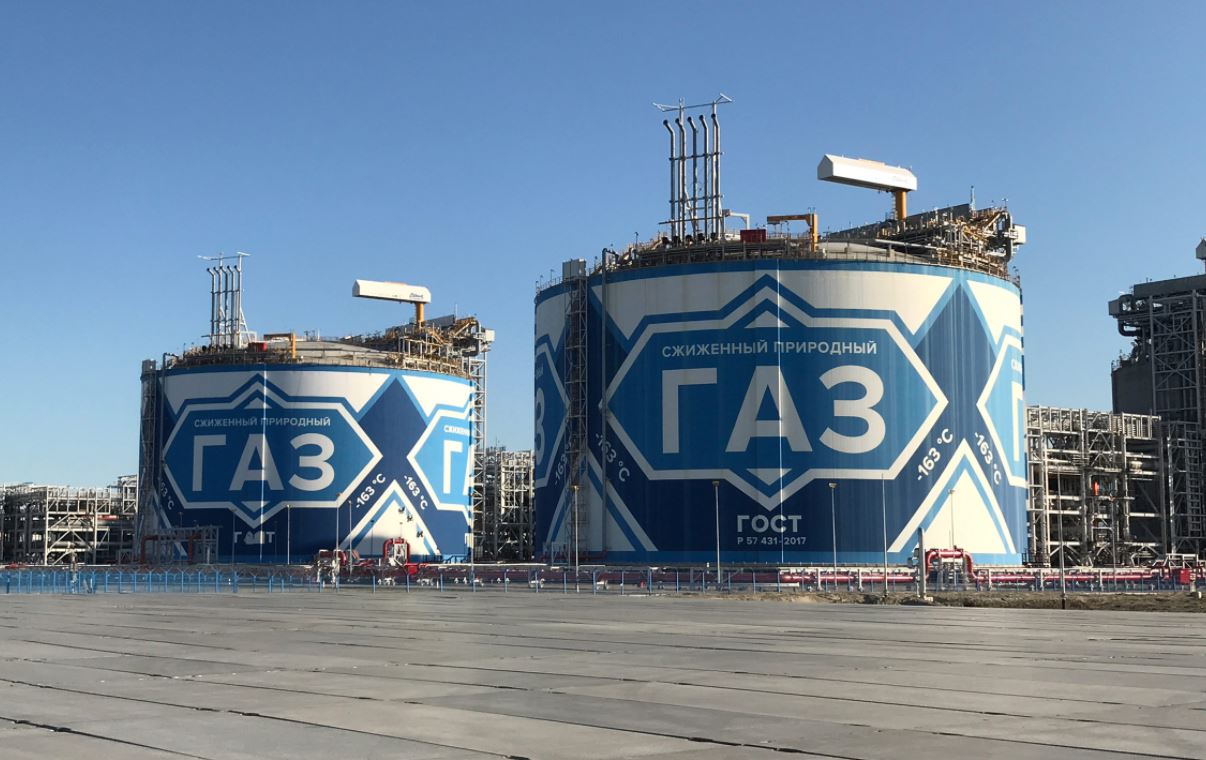Russia’s largest LNG exporter Novatek said it has signed a deal with two compatriot banks to secure financing for an ammonia and chemical production plant on the Yamal peninsula.
Novatek signed a memorandum of understanding with Sberbank and Gazprombank on Friday.
Under the memorandum, “the parties intend to organize financing to construct a gas chemical plant in close proximity to Sabetta to produce low-carbon ammonia, hydrogen, as well as other gas chemistry products that reduce greenhouse gas emissions into the atmosphere,” Novatek said in statement.
“Ammonia is a promising low-carbon fuel in great demand in the chemical industry, and an efficient transport carrier of hydrogen,” Novatek’s chief Leonid Mikhelson, said.
“The company is considering various concepts for a gas chemical plant in order to select the most efficient option. We plan to capture the carbon dioxide emitted from the ammonia production by injecting the CO2 into underground reservoirs to ensure the supply of clean energy to Europe and the Asia-Pacific region,” Mikhelson said.
Novatek already operates the giant Yamal LNG export project in the Russian Arctic and is building the Arctic LNG 2 terminal on the Gydan peninsula, along with several other developments.
Novatek inks hydrogen deal with Sevestral
Besides the financing deal for the Yamal ammonia plant, Novatek has also signed a memorandum of understanding with Russian steel and mining firm Severstal.
The duo plan to cooperate in the field of alternative and hydrogen energy to reduce greenhouse gas emissions, Novatek said in a separate statement.
Moreover, the memorandum provides for the implementation of a joint pilot project to produce “blue” hydrogen from natural gas and by using technologies for carbon capture and storage, the independent producer said.
The two firms intend to jointly develop technical requirements, standards and engineering solutions for the manufacturing and supply of hydrogen transport pipelines, turbines, hydrogen storage systems and hydrogen transport tanks.
Furthermore, the duo also agreed to cooperate in the production and supply of hydrogen, development of technological solutions for the use of fuel types based on hydrogen and its carriers, specifically ammonia.
“Steel producers are one of the largest industrial consumers of natural gas, and reducing greenhouse gas emissions is a new prospective area for our mutually beneficial cooperation,” Mikhelson said.
“The use of carbon capture and storage technologies, as well as a hydrogen fuel blend will reduce our joint carbon footprint and increase the competitiveness of products manufactured by the Russian steel industry,” he said.

